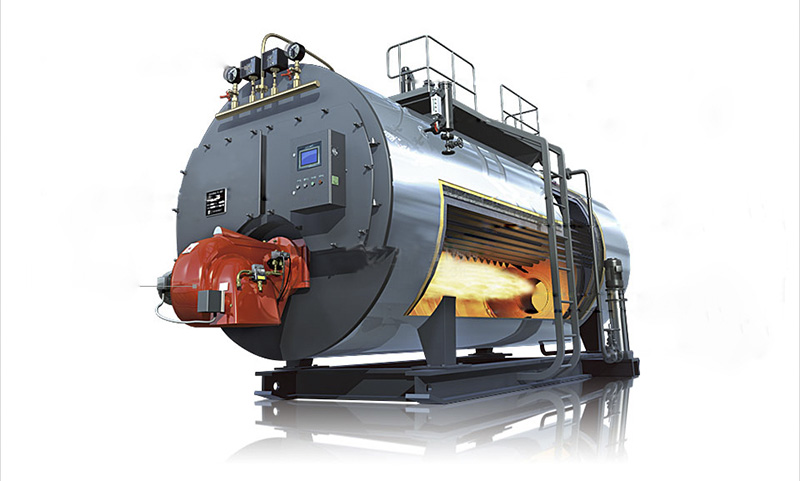What is the maximum temperature resistance of graphite gaskets?
What is a Graphite Gasket:
Graphite gaskets are primarily cut or stamped from high-purity flexible graphite sheets. They offer excellent compression recovery and superior temperature resistance, commonly used for static sealing in various flange connections.
Characteristics of Flexible Graphite:
1. Graphite does not damage flanges and can be tightly bonded with the reinforced base materials commonly used in asbestos-free gaskets, providing excellent compression recovery.
2. Graphite is a natural carbon material free of asbestos. High-quality graphite products exhibit no dust shedding or volatile harmful substances, complying with environmental regulations such as RoHS and REACH.
3. Graphite withstands extreme temperatures: it does not soften or melt at high temperatures while maintaining compression recovery, and retains elasticity at low temperatures.
4. At room temperature, graphite does not react with most acidic/alkaline media, organic solvents, or steam, making it suitable for diverse media environments.
Of course, there are also some drawbacks: such as resistance to strong oxidizing agents, low mechanical strength, and brittle texture.
What are the types of graphite gaskets?
I. Pure Graphite Gaskets
Pure graphite gaskets are directly machined from high-purity expanded graphite or molded graphite without any reinforcing materials. They feature “high purity + strong corrosion resistance.”

II. Graphite Composite Gaskets
Graphite composite gaskets are gaskets formed by combining graphite with a reinforced substrate. Their manufacturing processes include metal punching and bonding. The core objective is to enhance the gasket's strength and pressure resistance through reinforcement materials while retaining graphite's sealing and corrosion-resistant properties. They represent one of the most widely used types of asbestos-free sealing gaskets.


III. Graphite Wound Gaskets
Graphite wound gaskets are formed by spirally winding metal strips and graphite strips together. They serve as sealing products for medium-to-high pressure applications and are widely used in industries such as petrochemicals, power generation, and shipbuilding.

IV. Other Types of Graphite Gaskets
Such as graphite-coated gaskets, flexible graphite packing rings (structurally similar to ring-shaped graphite gaskets, used for shaft seals in valves, pumps, etc.)

Temperature resistance of common graphite:
Graphite remains stable in air up to 450°C (extendable to 600°C with oxidation protection treatment). Under inert atmospheres (e.g., nitrogen, argon), it withstands temperatures as high as 1600°C—far exceeding conventional fiber rubber gaskets (≤250°C)—and maintains performance down to -200°C.
For oxygen-containing environments exceeding 400°C, we recommend using mica composite sheets (ST-4376, ST-5326) or our metal-reinforced asbestos-free sheets (ST-2067).
Key Application Industries:
1. Chemical Industry: Equipment frequently exposed to acids, alkalis, organic solvents, and toxic/hazardous media (e.g., hydrochloric acid, sulfuric acid, methanol, chlorine gas) must simultaneously meet “corrosion resistance without leakage” and “environmental compliance” requirements. Typical equipment includes reactors (enameled reactors, stainless steel reactors), plate heat exchangers, and chemical process piping.


2. Energy Industry: Common equipment includes boiler systems in the power generation sector (thermal power, nuclear power).

3. General machinery industry, diverse sealing scenarios requiring simultaneous “strength, resilience, and adaptability to varying flange tolerances.” Typical equipment: Air compressors (screw-type, reciprocating-type), etc.
cxz.jpg
Common graphite material grades:
SealTex: ST-9916/ST-9926 metal-graphite composite sheets, ST-9010 pure graphite gaskets, ST-2060 fiber-reinforced graphite gaskets
TEADIT: GR1700/GR1701 high-temperature graphite sheets with inserts
Montero: BELPAGRAF
Frenzelit: novaphit VS, SSTC, MST; novatec PREMIUM XP
Klinger: GRAPHITE LAMINATE PSM/SLS
